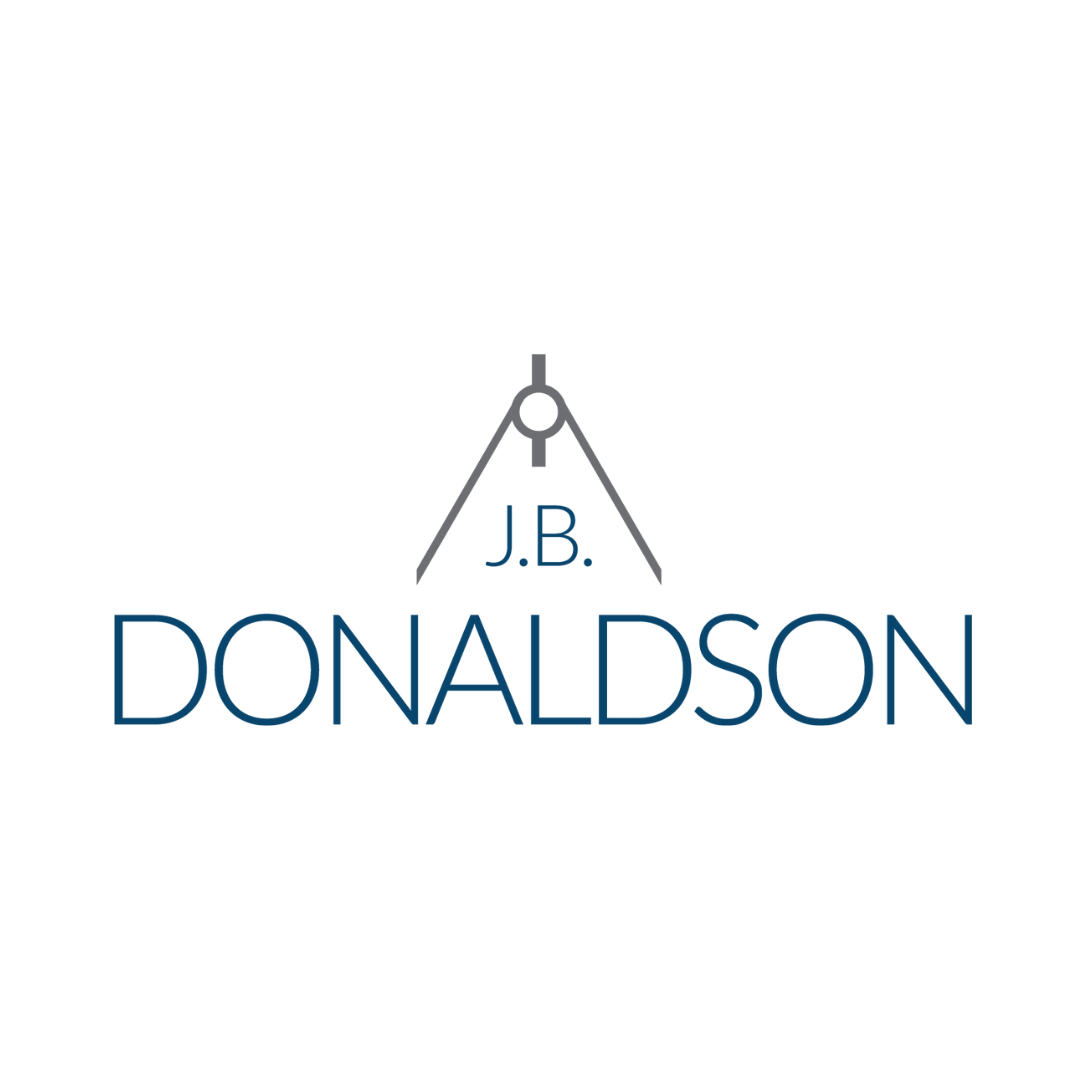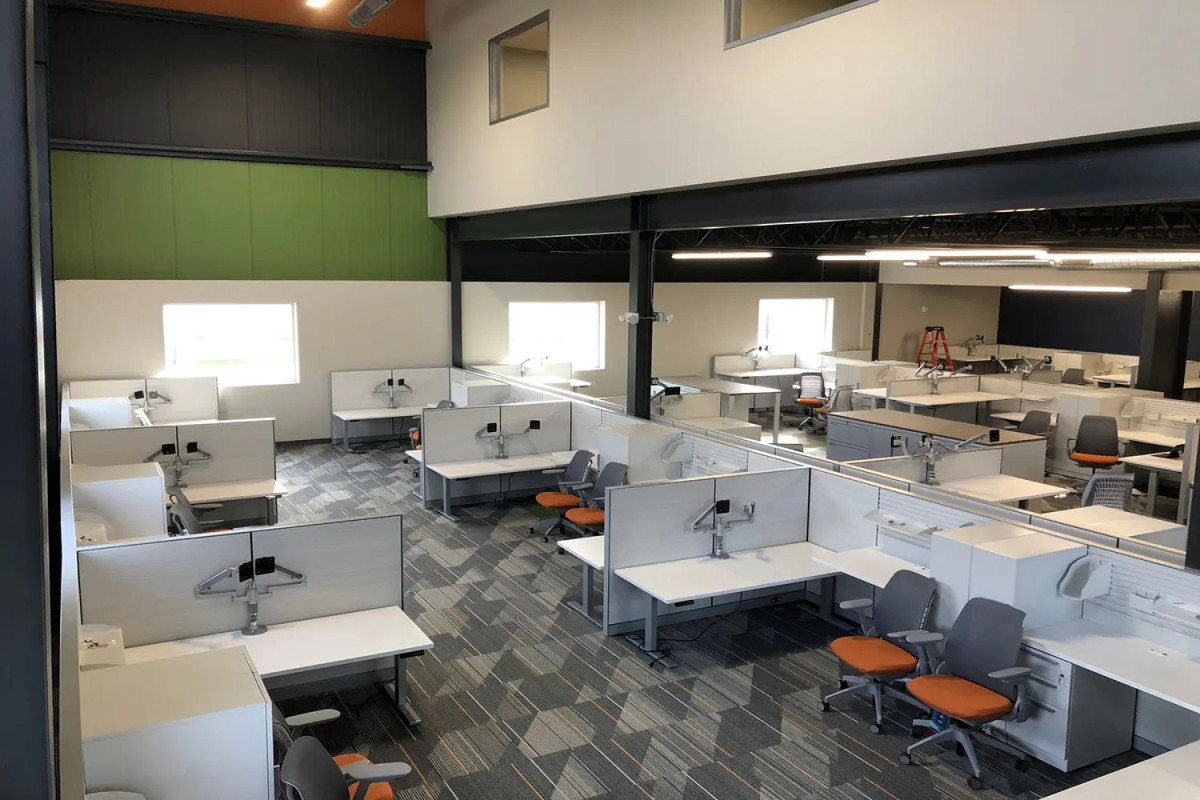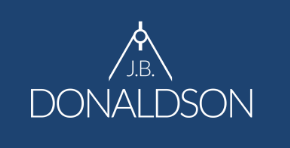Commercial Remodeling in 2025: Trends, Benefits & Costs
Farmington Hills, United States - June 19, 2025 / J. B. Donaldson /
A Comprehensive Guide to Commercial Remodeling in 2025

According to IBISWorld, the commercial property remodeling industry is growing steadily, with a market value projected at $44.1 billion in 2025. Whether undertaken for cosmetic updates, improved safety, or operational efficiency, commercial remodeling is a powerful way for businesses to modernize, enhance revenue opportunities, and remain competitive.
This guide delivers an unmatched overview of commercial remodeling. It covers the basics, benefits, stages, costs, and the importance of sustainability, providing expert advice and key statistics and charts, and graphics for insights.
What is Commercial Remodeling?
Commercial remodeling is the process of altering or upgrading existing business spaces. Unlike renovations, which focus on minor updates, commercial remodeling involves significant changes, such as:
- Modifying office layouts.
- Upgrading building systems like HVAC.
- Adapting spaces to meet updated branding or compliance needs.
Remodeled spaces often include offices, warehouses, retail stores, restaurants, and industrial facilities. Businesses embrace remodeling not just to enhance operational efficiency but also to comply with updated building codes, meet safety regulations, and align with modern design trends.
Benefits of Commercial Remodeling
Commercial remodeling delivers both tangible and intangible benefits to a business:
1. Improved Use of Space
Efficient space utilization is critical for businesses looking to maximize their real estate investment. For instance, converting traditional cubicles into open-plan offices fosters collaboration and reduces clutter.
2. Enhanced Aesthetics and Branding
First impressions matter, especially for client-facing facilities like retail stores and offices. Remodeling allows businesses to align the physical appearance of their spaces with their branding. Refreshed interiors and exteriors, modern layouts, and eye-catching designs can create lasting impressions.
3. Higher Operational Efficiency
By upgrading outdated systems with energy-efficient alternatives, businesses can significantly reduce operating costs. For example:
- Installing energy-efficient HVAC systems.
- Automating lighting controls.
These not only lower utility bills but also enhance indoor air quality and overall comfort.
4. Sustainability and Reduced Environmental Footprint
Eco-friendly practices like installing solar panels, using reclaimed materials, or adding water-saving fixtures build a business's reputation as environmentally responsible. Sustainable remodeling also tends to attract environmentally-conscious clients and investors.
5. Compliance and Safety
Older buildings can pose safety risks or fail to comply with industry standards such as the Americans with Disabilities Act (ADA). Remodeling addresses these issues by improving layouts, installing fire suppression systems, or introducing accessible entrances.
Key Benefits by Priority
| Goal | Benefit Rank |
| Space Utilization | 1 |
| Brand Enhancement | 2 |
| Energy Efficiency | 3 |
| Sustainability | 4 |
| Building Safety | 5 |
Stages of the Commercial Remodeling Process
While every project varies based on business needs, the stages follow a universal flow to ensure success.
1. Planning Phase
This includes identifying key goals, developing a detailed project scope, and hiring a suitable contractor or design-build firm. Decisions here should align with broader business objectives, such as cost reduction or brand alignment.
2. Bidding & Contractor Selection
Securing bids from multiple contractors lets businesses compare quotes and evaluate candidates based on experience, portfolio, and customer reviews.
3. Pre-Construction Preparations
This involves permitting, developing a construction timeline, and acquiring all necessary materials.
Check out our updated pre-construction checklist for commercial projects to learn more.
4. Demolition & Construction
Whether it’s tearing down walls or installing new systems, this phase focuses on the core transformation of the space.
5. Finishing Touches
Final tasks include painting, installing flooring, and verifying that the fit and finish meet the desired outcome.
6. Project Handover
Upon completion, contractors conduct a final walkthrough to ensure all work complies with agreed project goals, building codes, and industry standards.
Average Time Breakdown of Remodeling Phases (in Percentage)
- Preparation & Planning - 20%
- Demolition & Construction - 50%
- Finishing Touches - 20%
- Compliance & Handover - 10%
Materials for Commercial Remodeling
The selection of durable, functional, and often sustainable materials is essential in commercial remodeling. Here are some common materials by project type:
Interior Fixtures:
- Flooring: Carpet tiles for offices or polished/sealed concrete for warehouses.
- Panelling: Reclaimed wood for sustainability.
- Lighting: LED systems for energy savings.
Exterior Enhancements:
- Siding: Stucco, brick, or composite materials.
- Windows: Energy-efficient low-E glass options that reduce heat transfer.
Sustainability Focus:
- Solar panels.
- Rainwater harvesting systems.
- Reclaimed wood or stone.
Key Industries and Example Applications
Different businesses have unique remodeling needs, depending on usage and industry requirements:
1. Restaurants
- Modifying layouts for better workflow between the kitchen and dining areas.
- Adding trendy interiors for improved customer experience.
2. Office Spaces
- Transitioning from closed cubicles to open-concept layouts.
- Incorporating wellness spaces like lounges and gyms.
3. Warehouses
- Retrofitting for improved storage capabilities.
- Streamlining operations with automation-friendly layouts.
Cost of Commercial Remodeling
The costs of commercial remodeling depend on the scope of the project, industry, and geographical location. Here are the factors dominating pricing:
Key Cost Drivers:
- Location-Specific Factors: Remodeling in populous cities costs more due to higher labor rates.
- Type of Materials: Premium finishes, such as stone countertops or modular wood paneling, affect costs.
- Scope & Complexity: Projects involving structural modifications exceed simple cosmetic updates.
- Timeline Demands: Faster turnarounds may involve extra crews or overtime shifts, increasing labor costs.
Expense Breakdown for Typical Projects
| Cost Component | Percent of Total Budget |
| Labor | 40% |
| Materials | 35% |
| Permits & Compliance | 10% |
| Contingencies | 15% |
Future Trends in Commercial Remodeling
Emerging trends reveal ways businesses continue to adapt their spaces for new challenges and opportunities:
- Smart Technologies: IoT-enabled sensors for energy and space management.
- Remote Work Accommodation: Smaller offices with advanced conference facilities.
- Eco-certifications: LEED-certified materials expected to dominate future builds.
- Mixed-Use Developments: Integration of retail, residential, and coworking spaces.
Sustainability in Remodeling
The future of commercial remodeling lies in eco-friendly practices. Sustainable materials, passive energy designs, and efficient waste management promote long-term savings alongside positive environmental impacts.
Businesses adhering to green practices also strengthen their brand among environmentally conscious customers.
Take the Next Step
Commercial remodeling is an exciting opportunity to elevate your business operations, aesthetics, and sustainability. Whether you’re adapting to changing market conditions, aiming for compliance, or seeking to enhance your operational environment, the benefits are undeniable.
For those venturing into remodeling, careful planning and selecting experienced contractors will ensure a successful transformation of your space.
Still unsure about where to begin? Contact J. B. Donaldson for consultations, planning assistance, and full-scale project management!

Contact Information:
J. B. Donaldson
37610 Hills Tech Drive
Farmington Hills, MI 48331
United States
Jack Glover
(248) 344-9045
https://jbdonaldson.com
Original Source: https://jbdonaldson.com/comprehensive-guide-to-commercial-remodeling/



